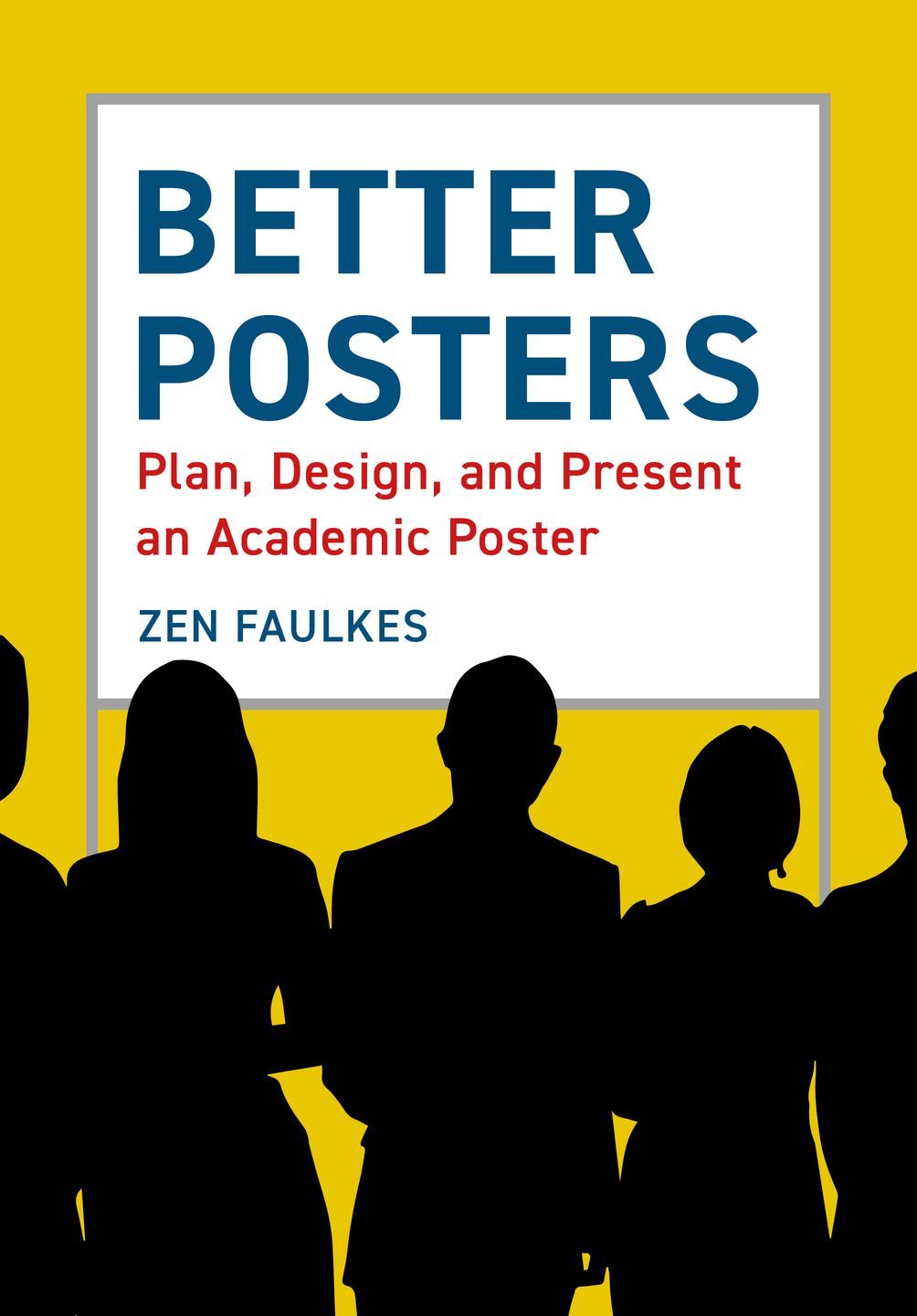This makeover from Rian Hughes is shown here. His website is well worth checking out. Hat tip to John Wick.
Titles matter. This article analyzes what titles of scientific articles get social media buzz. Funny titles don’t help. But making positive, definite statements about the results does. These data support the Columbo principle for writing titles: Show the murder. Make the audience wonder, “How can you prove it?” instead of “Whodunnit?” Hat tip to Neuroskeptic.
If you are conference organizer, one of your main goals should be encouraging interaction with students and more senior people. Andrew Thaler reports on a solution pioneered by the International Marine Conservation Congress:
Giving the only drink tickets to the students to hand out during poster presentations is a brilliant move.
One of my bugbears is how often people use idiosyncratic abbreviations and acronyms. I’ll let you have DNA, but otherwise, you’re almost always better off if you write words. The UK Government agrees:
Terms like eg, ie and etc, while common, make reading difficult for some.
Anyone who didn’t grow up speaking English may not be familiar with them. Even those with high literacy levels can be thrown if they are reading under stress or are in a hurry - like a lot of people are on the web.
Nature has an article looking at biological visualizations.
Scott Barinato’s new book is called Good Charts.
Nancy Duarte interviews him here.
I sympathize with this note from Taking Apart Cats:
“Hm. poster is very busy. Will check later” *completely unable to find poster again*
What to wear, what to wear... If you don’t know, you’ll be pleased to know that Errant Science says you’re far from alone:
My theory is that everyone is basically confused at what to wear for conferences and so the end result is a mish-mash of different levels of smartness.
















